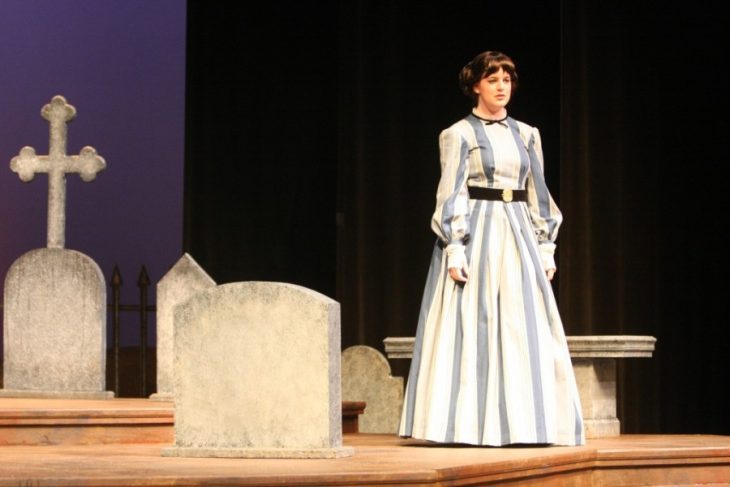
Word of the Day: Inconspicuous
Today’s word of the day, thanks to the NY Times, is inconspicuous, an adjective that means “not conspicuous, noticeable, or prominent” (https://www.dictionary.com/browse/inconspicuous). Yeah. Another one of those circular definitions. So we have to look up conspicuous. It means, “easily seen or noticed; readily visible or observable; attracting special attention, as by outstanding qualities or eccentricities” (https://www.dictionary.com/browse/conspicuous).
The word first appears in English in the “1620s, ‘invisible,’ from Late Latin inconspicuus ‘not conspicuous,’ from in– ‘not, opposite of, without’ (see in- (1)) + Latin conspicuus (see conspicuous). Weakened sense of “not readily seen or noticed” developed by 1828” (https://www.etymonline.com/search?q=inconspicuous). Conspicuous entered the language in the “1540s, ‘open to view, catching the eye,’ from Latin conspicuus ‘visible, open to view; attracting attention, striking,’ from conspicere ‘to look at, observe, see, notice,’ from assimilated form of com-, here perhaps an intensive prefix (see com-), + specere ‘to look at’ (from PIE root *spek- ‘to observe’).
“Meaning ‘obvious to the mind, forcing itself upon the attention’ is from 1610s; hence ‘eminent, notable, distinguished’” (https://www.etymonline.com/word/conspicuous).
In English, then, the word has undergone weakening, going from invisible to not noticeable.
On this date 74 years ago, Edgar Lee Masters (1868-1950) died in a nursing home, in poverty.
Masters was the son of a lawyer. He was born in Kansas but raised mostly in Illinois. In 1880, the family moved to Lewiston, IL, which contained a cemetery on Oak Hill near the Spoon River. It’s in the middle of Illinois, a third of the way from Peoria to Quincy along US 24.
He was unable to complete a college education because his family lacked the means, but he worked for his father in the father’s law office until he was able to sit for the bar exam. He passed the exam, became a lawyer, and moved to Chicago. In Chicago he joined a law firm with Clarence Darrow. He stayed with Darrow about eight years and then started his own firm.
Masters published his first book of verses in 1898, and he followed that up with Songs and Sonnets in 1910. Then in 1915, Masters published his masterpiece (sorry), Spoon River Anthology.
Spoon River Anthology is a collection of free verse poems. They are basically dramatic monologues spoken by the inhabitants of the Oak Hill Cemetery. Many of the characters are loosely disguised people whom Masters knew growing up, first in Petersburg, IL, and then in Lewiston. Some of the characters are barely disguised, and at least in one case, the character portrayed in her monologue was the person Masters was portraying.
The collection begins with “The Hill,” which serves as an introduction:
Where are Elmer, Herman, Bert, Tom and Charley,
The weak of will, the strong of arm, the clown, the boozer, the fighter?
All, all are sleeping on the hill.
One passed in a fever,
One was burned in a mine,
One was killed in a brawl,
One died in a jail,
One fell from a bridge toiling for children and wife—
All, all are sleeping, sleeping, sleeping on the hill.
Then the 200+ characters tell their stories.
It was Masters’ most popular and well-regarded work. In 1963, Charles Aidman turned it into a play that is quite popular on the community theater circuit. In 2011, Tom Andalora turned it into a musical called Spoon River Project. In 2015, Maureen Lucy O’Connell adapted it into a musical play called Spoon River: The Cemetery on the Hill. There have been song cycles and other adaptations as well.
In addition to many books of poetry, Edgar Lee Masters also wrote several biographies and memoirs, a number of books of essays, and a few novels. But none of his works matched the success of Spoon River Anthology. It is a bit of shame, and perhaps remarkable, that his death was inconspicuous.
The image today is from a 2010 production of Spoon River Anthology at Francis Marion University in Florence, SC.